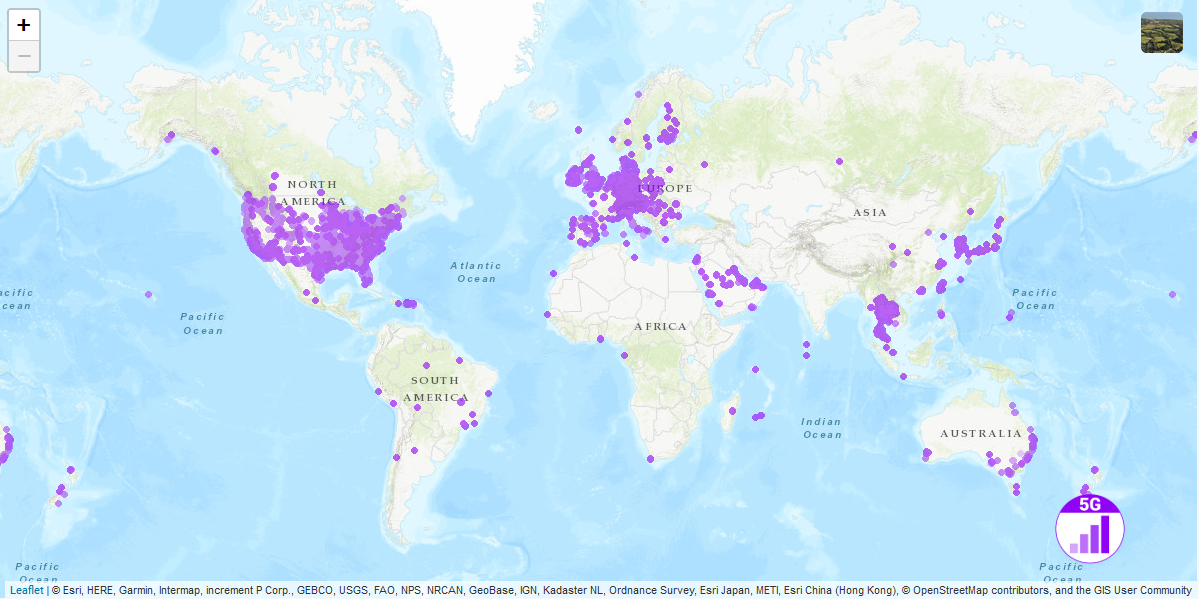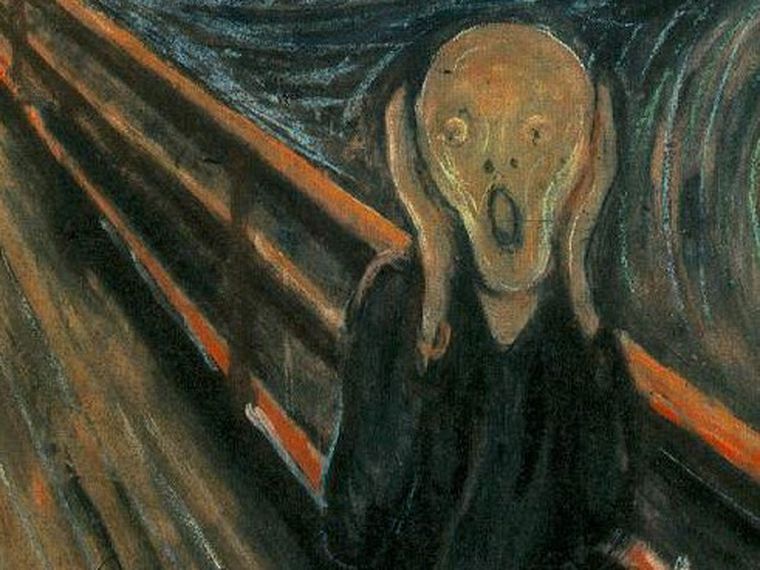Ai, T., Yang, Z., Hou, H., Zhan, C., Chen, C., Lv, W., Tao, Q., Sun, Z., & Xia, L. (2020). Correlation of Chest CT and RT-PCR Testing for Coronavirus Disease 2019 (COVID-19) in China: A Report of 1014 Cases. Radiology. doi.org/10.1148/radiol.2020200642
Xie, X., Zhong, Z., Zhao, W., Zheng, C., Wang, F., & Liu, J. (2020). Chest CT for Typical Coronavirus Disease 2019 (COVID-19) Pneumonia: Relationship to Negative RT-PCR Testing. Radiology. doi.org/10.1148/radiol.2020200343
Fang, Y., Zhang, H., Xie, J., Lin, M., Ying, L., Pang, P., & Ji, W. (2020). Sensitivity of chest CT for COVID-19: Comparison to RT-PCR. In Radiology. doi.org/10.1148/radiol.2020200432
Wu, P., Duan, F., Luo, C., Liu, Q., Qu, X., Liang, L., & Wu, K. (2020). Characteristics of Ocular Findings of Patients with Coronavirus Disease 2019 (COVID-19) in Hubei Province, China. JAMA Ophthalmology. doi.org/10.1001/jamaophthalmol.2020.1291
Lan, L., Xu, D., Ye, G., Xia, C., Wang, S., Li, Y., & Xu, H. (2020). Positive RT-PCR Test Results in Patients Recovered from COVID-19. In JAMA – Journal of the American Medical Association. doi.org/10.1001/jama.2020.2783
Ai, T., Yang, Z., & Xia, L. (2020). Correlation of Chest CT and RT-PCR Testing in Coronavirus Disease. Radiology.
Chan, J. F. W., Yip, C. C. Y., To, K. K. W., Tang, T. H. C., Wong, S. C. Y., Leung, K. H., Fung, A. Y. F., Ng, A. C. K., Zou, Z., Tsoi, H. W., Choi, G. K. Y., Tam, A. R., Cheng, V. C. C., Chan, K. H., Tsan, O. T. Y., & Yuen, K. Y. (2020). Improved molecular diagnosis of COVID-19 by the novel, highly sensitive and specific COVID-19-RdRp/Hel real-time reverse transcription-PCR assay validated in vitro and with clinical specimens. In Journal of Clinical Microbiology. doi.org/10.1128/JCM.00310-20
Wang, S., Guo, L., Chen, L., Liu, W., Cao, Y., Zhang, J., & Feng, L. (2020). A case report of neonatal COVID-19 infection in China. Clin Infect Dis. doi.org/10.1093/cid/ciaa225
Huang, X., Wei, F., Hu, L., Wen, L., & Chen, K. (2020). Epidemiology and clinical characteristics of COVID-19. In Archives of Iranian Medicine. doi.org/10.34172/aim.2020.09
Long, C., Xu, H., Shen, Q., Zhang, X., Fan, B., Wang, C., Zeng, B., Li, Z., Li, X., & Li, H. (2020). Diagnosis of the Coronavirus disease (COVID-19): rRT-PCR or CT? European Journal of Radiology. doi.org/10.1016/j.ejrad.2020.108961
Mardani, R., Ahmadi Vasmehjani, A., Zali, F., Gholami, A., Mousavi Nasab, S. D., Kaghazian, H., Kaviani, M., & Ahmadi, N. (2020). Laboratory Parameters in Detection of COVID-19 Patients with Positive RT-PCR; a Diagnostic Accuracy Study. Archives of Academic Emergency Medicine. doi.org/10.22037/aaem.v8i1.632
He, J. L., Luo, L., Luo, Z. D., Lyu, J. X., Ng, M. Y., Shen, X. P., & Wen, Z. (2020). Diagnostic performance between CT and initial real-time RT-PCR for clinically suspected 2019 coronavirus disease (COVID-19) patients outside Wuhan, China. Respiratory Medicine. doi.org/10.1016/j.rmed.2020.105980
Zhao, D., Yao, F., Wang, L., Zheng, L., Gao, Y., Ye, J., Guo, F., Zhao, H., & Gao, R. (2020). A comparative study on the clinical features of coronavirus 2019 (COVID-19) pneumonia with other pneumonias. Clinical Infectious Diseases. doi.org/10.1093/cid/ciaa247
Lv, D. feng, Ying, Q. ming, Weng, Y. song, Shen, C. bin, Chu, J. guo, Kong, J. ping, Sun, D. he, Gao, X., Weng, X. bei, & Chen, X. qin. (2020). Dynamic change process of target genes by RT-PCR testing of SARS-Cov-2 during the course of a Coronavirus Disease 2019 patient. Clinica Chimica Acta. doi.org/10.1016/j.cca.2020.03.032
Mei, X., Lee, H. C., Diao, K. yue, Huang, M., Lin, B., Liu, C., Xie, Z., Ma, Y., Robson, P. M., Chung, M., Bernheim, A., Mani, V., Calcagno, C., Li, K., Li, S., Shan, H., Lv, J., Zhao, T., Xia, J., … Yang, Y. (2020). Artificial intelligence–enabled rapid diagnosis of patients with COVID-19. Nature Medicine. doi.org/10.1038/s41591-020-0931-3
Feng, H., Liu, Y., Lv, M., & Zhong, J. (2020). A case report of COVID-19 with false negative RT-PCR test: necessity of chest CT. Japanese Journal of Radiology. doi.org/10.1007/s11604-020-00967-9
Wong, H. Y. F., Lam, H. Y. S., Fong, A. H. T., Leung, S. T., Chin, T. W. Y., Lo, C. S. Y., Lui, M. M. S., Lee, J. C. Y., Chiu, K. W. H., Chung, T. W. H., Lee, E. Y. P., Wan, E. Y. F., Hung, I. F. N., Lam, T. P. W., Kuo, M. D., & Ng, M. Y. (2020). Frequency and Distribution of Chest Radiographic Findings in Patients Positive for COVID-19. Radiology. doi.org/10.1148/radiol.2020201160
Cheng, Z., Lu, Y., Cao, Q., Qin, L., Pan, Z., Yan, F., & Yang, W. (2020). Clinical features and chest CT manifestations of coronavirus disease 2019 (COVID-19) in a single-center study in Shanghai, China. American Journal of Roentgenology. doi.org/10.2214/AJR.20.22959
Lim, J., Jeon, S., Shin, H. Y., Kim, M. J., Seong, Y. M., Lee, W. J., Choe, K. W., Kang, Y. M., Lee, B., & Park, S. J. (2020). Case of the index patient who caused tertiary transmission of coronavirus disease 2019 in Korea: The application of lopinavir/ritonavir for the treatment of COVID-19 pneumonia monitored by quantitative RT-PCR. Journal of Korean Medical Science. doi.org/10.3346/jkms.2020.35.e79
Bai, H. X., Hsieh, B., Xiong, Z., Halsey, K., Choi, J. W., Tran, T. M. L., Pan, I., Shi, L. B., Wang, D. C., Mei, J., Jiang, X. L., Zeng, Q. H., Egglin, T. K., Hu, P. F., Agarwal, S., Xie, F. F., Li, S., Healey, T., Atalay, M. K., & Liao, W. H. (2020). Performance of Radiologists in Differentiating COVID-19 from Non-COVID-19 Viral Pneumonia at Chest CT. Radiology. doi.org/10.1148/radiol.2020200823
Tian, Y., Rong, L., Nian, W., & He, Y. (2020). Review article: gastrointestinal features in COVID-19 and the possibility of faecal transmission. In Alimentary Pharmacology and Therapeutics. doi.org/10.1111/apt.15731
Liu, W., Wang, J., Li, W., Zhou, Z., Liu, S., & Rong, Z. (2020). Clinical characteristics of 19 neonates born to mothers with COVID-19. Frontiers of Medicine. doi.org/10.1007/s11684-020-0772-y
Bwire, G. M., & Paulo, L. S. (2020). Coronavirus disease-2019: Is fever an adequate screening for the returning travelers? Tropical Medicine and Health. doi.org/10.1186/s41182-020-00201-2
Alzamora, M. C., Paredes, T., Caceres, D., Webb, C. M., Webb, C. M., Valdez, L. M., Valdez, L. M., La Rosa, M., & La Rosa, M. (2020). Severe COVID-19 during Pregnancy and Possible Vertical Transmission. American Journal of Perinatology. doi.org/10.1055/s-0040-1710050
Ye, Z., Zhang, Y., Wang, Y., Huang, Z., & Song, B. (2020). Chest CT manifestations of new coronavirus disease 2019 (COVID-19): a pictorial review. European Radiology. doi.org/10.1007/s00330-020-06801-0











 Click to enlarge
Click to enlarge